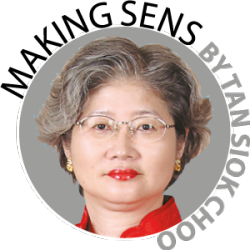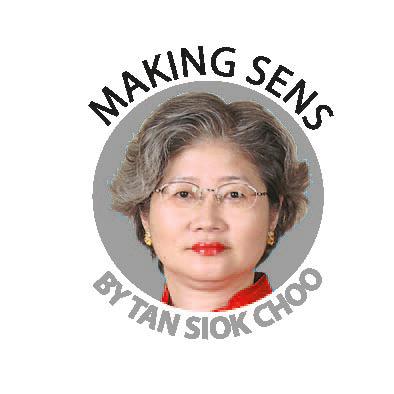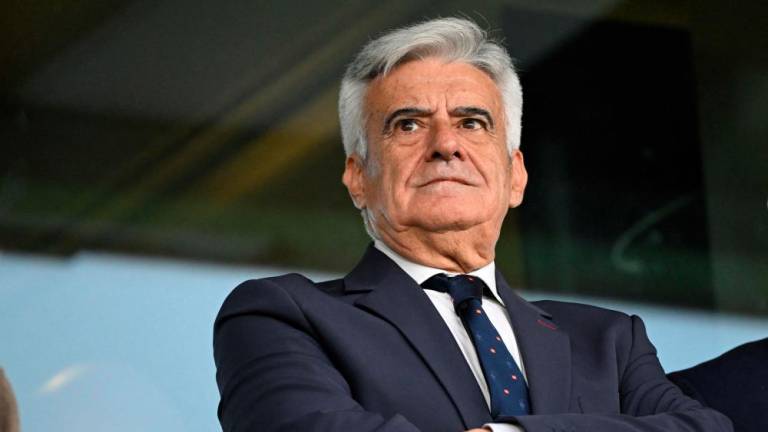FORECASTS by Prime Minister Lee Hsien Loong and several economists suggest Singapore’s economy could experience slower growth this year. Three teasing questions: How much will the pace slacken? Will the slowdown persist in the medium term? Could this impede significantly the republic’s drive to become a high-tech powerhouse?
In his New Year message last week, Lee announced Singapore’s gross domestic product (GDP) expanded by 3.3% last year, a shade slower than the 3.5% growth the year before. GDP is the total value of goods and services produced within a country by locals and foreigners in a single year.
Warning the global economy faces major uncertainties with growing trade conflicts, nervous financial markets and signs of slowing growth, Lee predicted Singapore’s economy could expand by between 1.5% and 3.6% this year.
Lee’s forecast suggests, at best, the Singapore economy could expand at a marginally faster rate this year than last year and in step with 2017. At worst, growth could be torpid – making 2019 the third consecutive year of economic deceleration.
Singapore is a bellwether for all Southeast Asian economies, including Malaysia. Without the bulwark of a large domestic sector – and with international trade totalling 200% of the republic’s GDP – the island is highly vulnerable to headwinds from global trade and growth.
China is Singapore’s biggest market. If the world’s second-largest economy decelerates sharply under the triple impact of Beijing’s attempts to rein in rising indebtedness, its continuing trade conflict with the US and the Middle Kingdom’s anaemic manufacturing sector, this could spill over to Singapore’s economy.
Data released last week indicate China’s manufacturing sector is slowing down. The Caixin Purchasing Managers’ Index (PMI) fell to 49.7 in December last year – the first time it has dipped below the 50 point benchmark since May 2017. A drop below 50 indicates contraction while a reading above this level suggests expansion.
Compiled by a private entity, the Caixin PMI tracks the manufacturing activities of China’s small and medium-sized enterprises.
Confirming the Caixin PMI, the official PMI by China’s National Bureau of Statistics – also slid below the 50 point benchmark to 49.4 points last month, its first contraction since July 2016.
Meanwhile, Singapore’s manufacturing sector, which accounts for less than 25% of GDP, shrank in the fourth quarter of last year by a seasonally adjusted and annualised 8.7%, the first contraction in a year, sparking worries this could presage floundering exports this year.
More worrying is Singapore’s possible loss of competitiveness in a significant segment of its services sector – finance and insurance. Services account for over 71% of the island republic’s economy.
Not only does finance and insurance comprise 13.3% of GDP, it has strong links to another sector – business services that accounts for 14.8% of GDP. Together, both sectors constitute more than 28% of GDP.
One indicator is Singapore’s slippage in the regional leader board of initial public offerings (IPOs). Data compiled by Ernst & Young (EY) show last year Singapore lost its top ranking as Southeast Asia’s biggest market for initial public offerings (IPOs).
Vietnam’s five IPOs raised US$2.6 billion last year, propelling it to pole position – ahead of Thailand’s US$2.5 billion from 20 IPOs and Indonesia’s US$1.2 billion from 53 IPOs. Raising US$500 million from 13 IPOs, Singapore slipped to fourth spot in 2018 while joint fifth were Malaysia and the Philippines which raised US$200 million each.
Even more worrying, Singapore looks set to cede the top spot to Vietnam for the next three years – this year, next year and in 2021, a report by law firm Baker McKenzie and consultancy Oxford Economics suggests.
While Vietnam’s rise last year was spurred by Hanoi’s decision to sell stakes in more companies, Singapore’s slide was prompted by companies holding back their listing plans due to global worries.
Singapore’s declining competitiveness in regional IPOs began in 2016. In that year, 16 IPOs collectively raised S$1.9 billion and expanded the Singapore Exchange’s market capitalisation by S$4.4 billion – a sum dwarfed by 27 delistings in the same year that slashed market capitalisation by a staggering S$15.5 billion.
Although IPOs don’t dominate financial services, the listing process is linked to other services like accounting, investment banking, stock broking and wealth management.
What is noteworthy, Singapore maintained its top competitiveness ranking in Asia and the second-highest globally after the US in the upgraded Global Competitiveness Index 2018 compiled by the World Economic Forum.
While Singapore scored high marks in almost all sub-categories, its comparatively low scores of less than 60 points in some subsectors are notable – critical thinking in teaching, attitude towards entrepreneurial risk and companies embracing disruptive risk.
These lower scores suggest the republic is a risk-adverse economy. If this trend persists, Singapore could become the economic equivalent of the highly-defensive style of football played by Manchester United under ex-manager Jose Mourinho.
Opinions expressed in this article are the personal views of the writer and should not be attributed to any organisation she is connected with. She can be contacted at siokchoo@thesundaily.com











